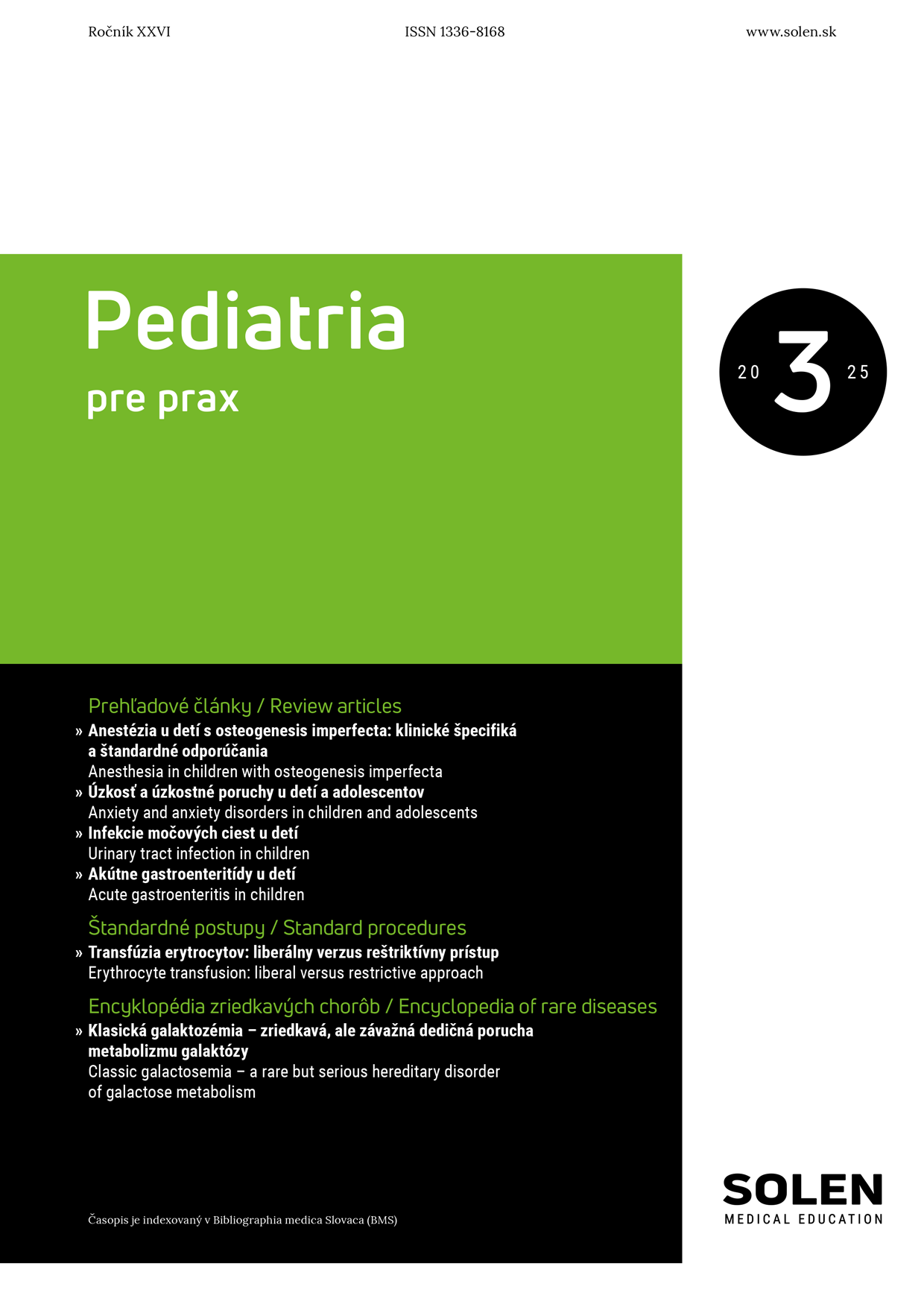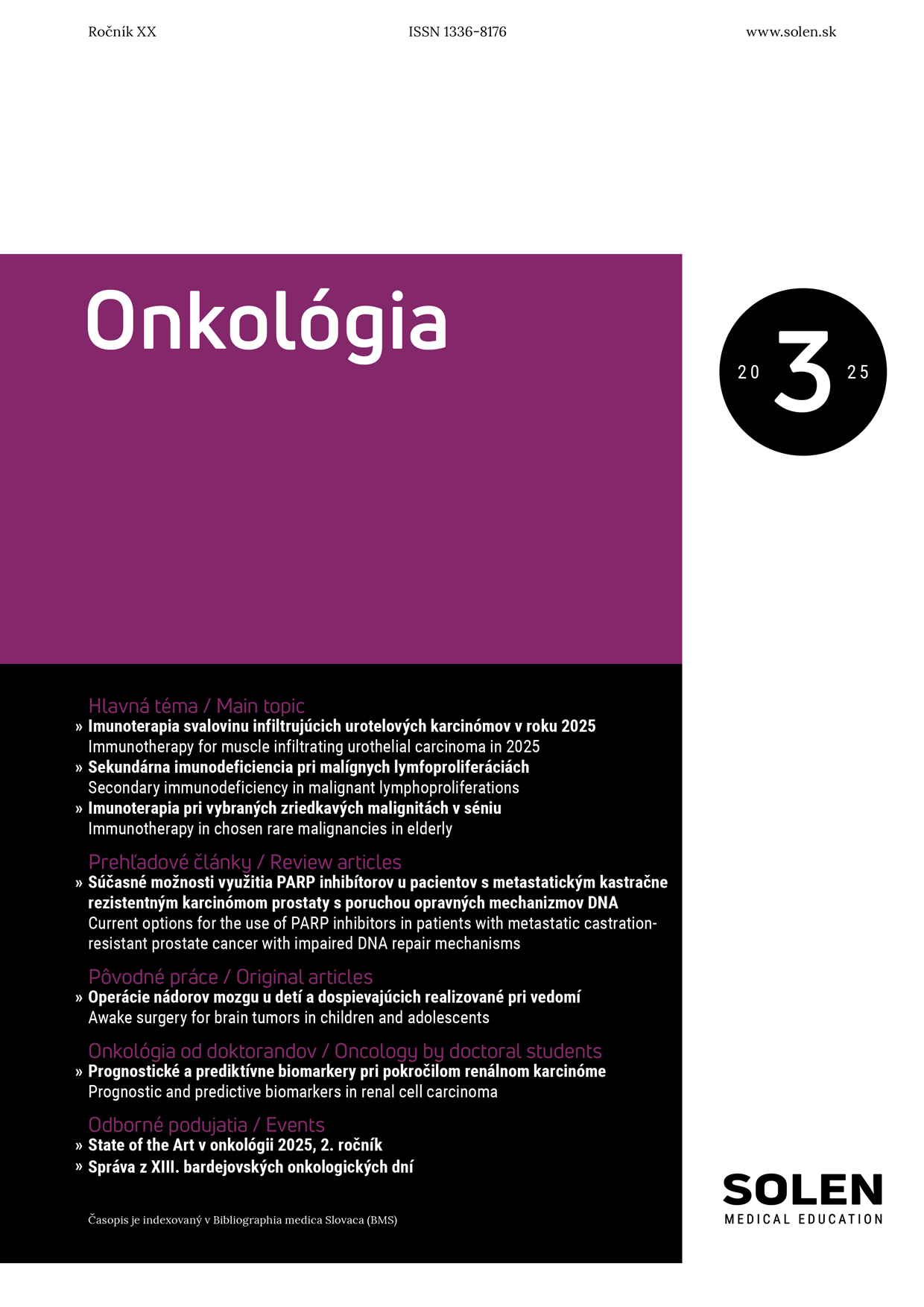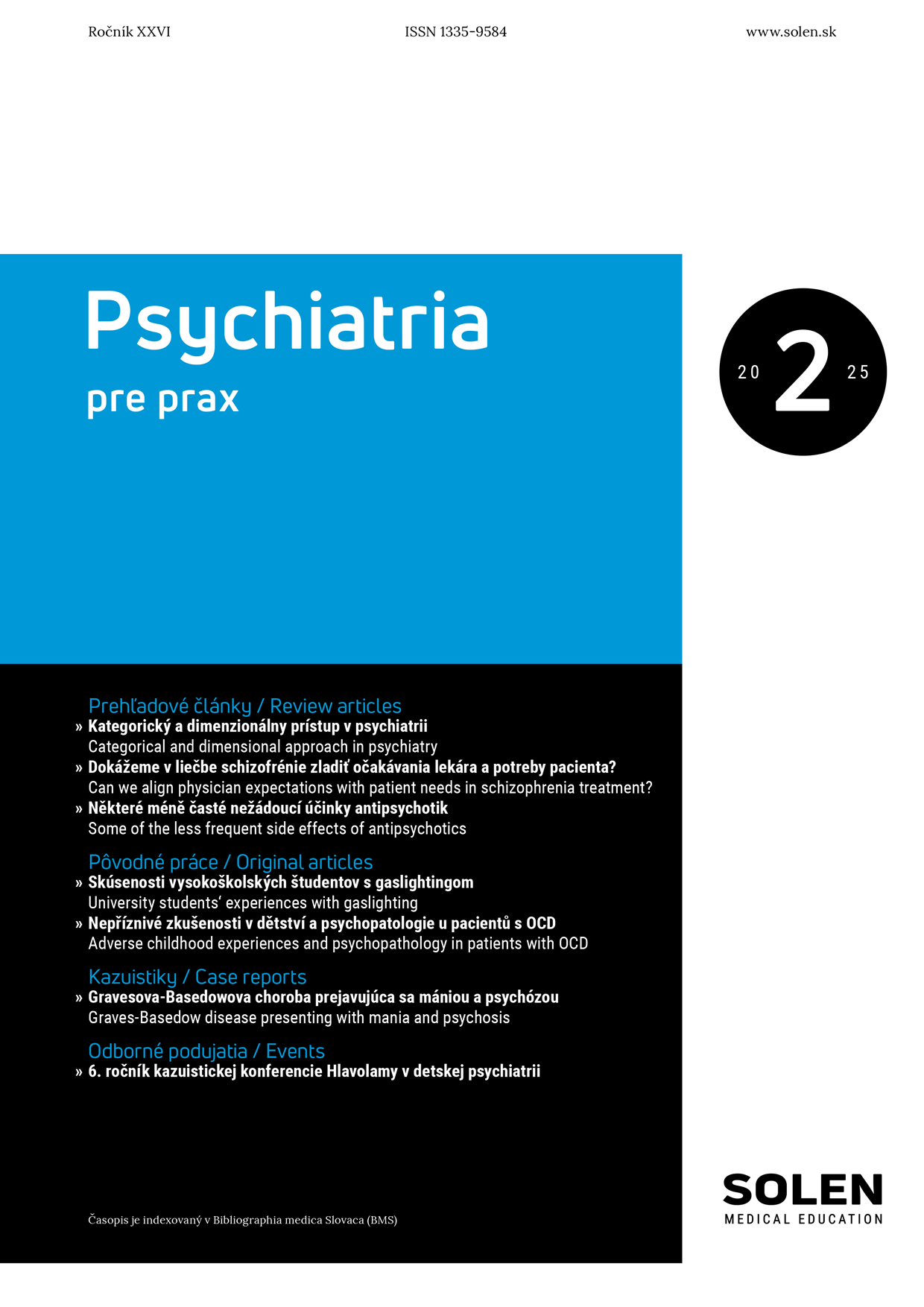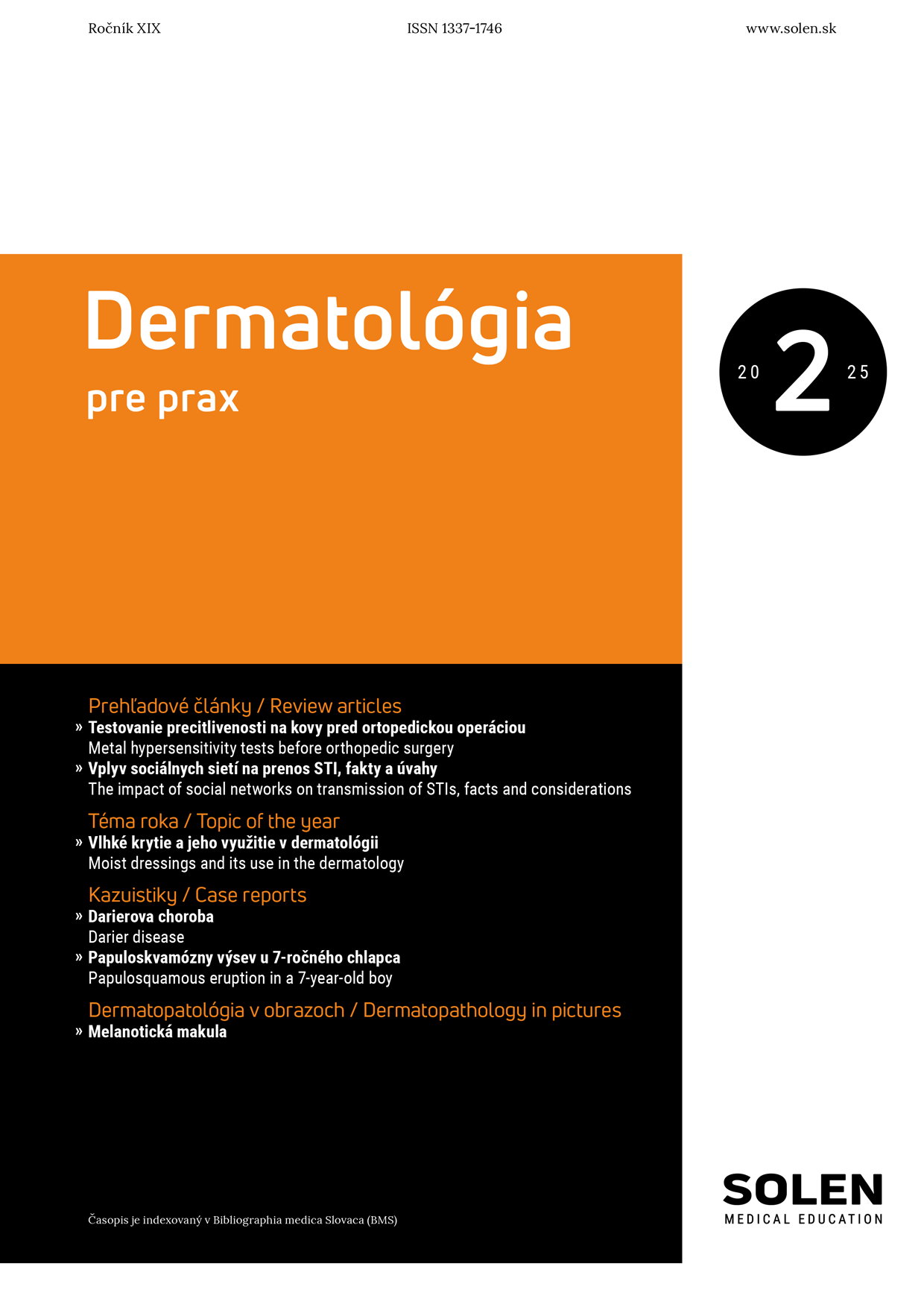Neurológia pre prax 3/2024
Specifika status epilepticus u dětí
MUDr. Ondřej Horák, MUDr. Klára Brožová, MUDr. Martin Kudr, Ph.D.
Status epilepticus (SE) v dětském věku se oproti dospělým vyznačuje vyšší incidencí, odlišnými příčinami a nižším rizikem úmrtí. Většina případů SE u dětí se objevuje bez předchozí historie epileptických záchvatů. Etiologie SE u dětí se liší, přičemž febrilní SE je u této věkové skupiny nejčastější. Specifické pro dětský věk jsou SE u některých epileptických syndromů, například u syndromu Dravetové a syndromu Lennox‑Gastautova. Léčba SE u dětí využívá podobné algoritmy jako u dospělých, ale s určitými specifiky, jako je např. použití vitaminu B6 a preference midazolamu nebo thiopentalu před propofolem. Mortalita spojená se SE je u dětí nižší (0–16 %) a přímo závisí na typu SE a jeho příčině.
Kľúčové slová: status epilepticus, febrilní status epilepticus, refrakterní status epilepticus, děti
Specifics of status epilepticus in children
In comparison to adults, status epilepticus (SE) in childhood is characterized by a higher incidence, different causes, and a lower mortality. Most cases of SE in children occur without a prior history of epileptic seizures. The etiology of SE in children is distinct, with febrile SE being the most common in this age group. Specific to childhood are SE cases in certain epileptic syndromes, such as Dravet syndrome and Lennox-Gastaut syndrome. The treatment of SE in children employs similar algorithms as in adults, but with certain specifics, such as the use of vitamin B6 and a preference for midazolam or thiopental over propofol in younger patients. The mortality associated with SE in children is lower (0-16%) and directly depends on the type and the etiology of SE.
Keywords: status epilepticus, febrile status epilepticus, refractory status epilepticus, childhood

















